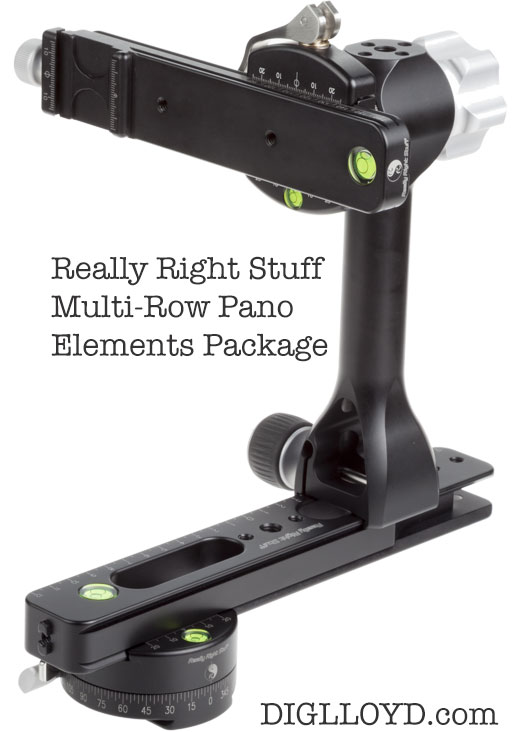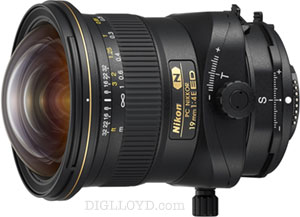EXCERPT page containing first few paragraphs. 2024-04-24 08:06:31
UA_SEARCH_BOT_compatible_botmozilla/5.0 applewebkit/537.36 (khtml, like gecko; compatible; claudebot/1.0; +claudebot@anthropic.com) @ 18.191.5.239
For full access, subscribe here. Or click title to login. ![]()
Usage and Gear Tips for Making Stitched Images
When making composite stitched images with the Nikon 19/4E PC-E (see the Alpine Creek example and others), besides the challenge of optimized focus given its field curvature and focus shift behaviors, the key challenge is avoiding parallax.
When shifting, the front of the lens moves. That is a Big Deal because that movement shifts the entrance pupil, which determines the angle to the subject and thus creates parallax between frames at different shift positions: shifting the lens translates the position of the entrance pupil by the amount of the shift. Thus a 12.5mm shift in one direction and a 12.5mm shift in the other add up to a 25mm of dislocation of the entrance pupil, which creates substantial parallax at close range. Parallax is problematic for shift-lens stitching just as it is for rotational stitching.
Article continues for subscribers...
Diglloyd Advanced DSLR is by yearly subscription. Subscribe now for about 16 cents a day ($60/year).
BEST DEAL: get full access to ALL 8 PUBLICATIONS for about 75 cents a day!
Diglloyd DAP is DSLR-oriented, but also contains workflow and other topics. Much of the focus is on Canon and Nikon but also Pentax and Pentax medium format.
Special emphasis is placed on lens evaluation, focusing on Canon and Nikon and Sigma lenses, but with a few others like Rokinon/Samyang.
- Make better images by learning how to get the best results right away.
- Save money by choosing the right lens for your needs the first time, particularly some of the new Sigma Art lenses vs Nikon and Canon.
- Workflow discusses image organization, raw conversion and post processing. Many examples show processing parameters for direct insight into how the image was converted.
- Jaw-dropping image quality found nowhere else utilizing Retina-grade images up to full camera resolution, plus large crops [past 2 years or so].
- Real world examples with insights found nowhere else. Make sharper images just by understanding lens behavior you won’t read about elsewhere.
- Aperture series from wide open through stopped down, showing the full range of lens performance and bokeh.
- Optical quality analysis of field curvature, focus shift, sharpness, flare, distortion, and performance in the field.
Want a preview? Click on any page below to see an excerpt as well as extensive blog coverage, for example on Nikon or on Canon or on Pentax.



